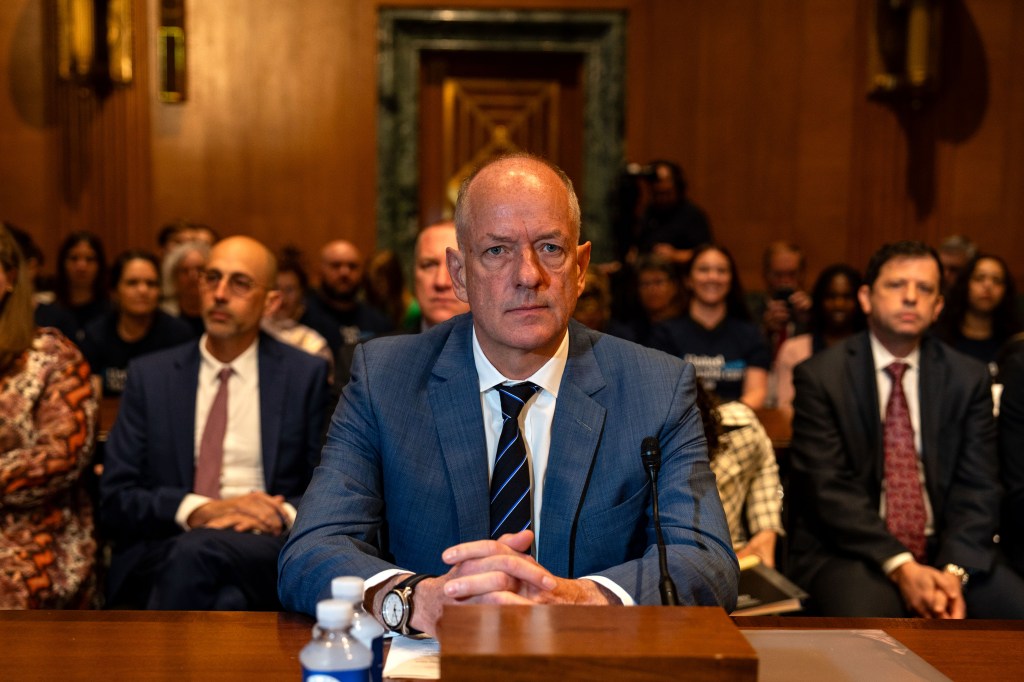 Image Credits: Arnergy
Image Credits: Arnergy
Arnergy, a Nigerian clean tech startup that deals in distributed renewable energy products and solutions, has raised $3 million in new financing. The bridge round was financed by All On, a Shell-backed off-grid energy impact investment company.
The financing comes five years after Arnergy, a provider of solar power systems to homes and businesses, secured a $9 million Series A round in 2019. All On, along with other firms, including Bill Gates’ Breakthrough Energy Ventures, ElectriFI, and Norfund, participated as investors in the round.
Founded in 2013 by Femi Adeyemo and Kunle Odebunmi, Arnergy was launched as a provider of sustainable energy services intended to deliver clean and reliable energy for businesses or homes. The company’s energy systems are tailored to tackle intermittent and grid unreliability issues, enabling residential customers and businesses across hospitality, education, finance, agriculture, and healthcare to access and install affordable and reliable distributed energy systems.
Before its Series A financing, Arnergy had installed over 2MW of electricity for more than 2,000 clients. Alongside the $4 million debt financing obtained over the past few years from both local lenders, such as Nigeria’s Bank of Industry, and foreign ones, the company’s investments have led to the deployment of over 7MW of solar PV systems and the installation of over 20MW of lithium battery energy storage solutions (BESS).
Despite the strides made, significant challenges persist in the sector. Nigeria has a grid capacity of 12 GW, with only a fraction of this accessible to consumers, meaning many Nigerians still lack reliable access to electricity. The majority rely on self-generated power through petrol or diesel generators, primarily sourced from fossil fuels, and that poses health and environmental hazards. The recent removal of fuel subsidies, escalating diesel prices, and challenging macroeconomic conditions underscore the urgent need for energy cost savings among retail and business customers. While solar systems are the most common alternative, there remains a demand-supply gap that Arnergy aims to address, spurred by the prevailing dynamics in the local energy sector.
“I think one of the things that has been very important to Arnergy has been capital efficiency. We didn’t just want to raise for raising sake,” CEO Adeyemo said in an interview with TechCrunch. “We were waiting for some triggers like the fuel subsidy removal, closeness to grid parity based on the price on the grid and also diesel prices to go back into the market. So the combination of all of those more or less gave us signals based on triggers we set when we last raised money.”
Adeyemo emphasizes that the Nigerian market has reached a stage where solar electricity is becoming cost-competitive compared to grid power. In 2019, many in Nigeria didn’t view solar systems as economically viable. However, current price points for petrol, diesel, and grid electricity drive increased demand for solar systems. Despite challenges posed by exchange rate losses, there is a global decrease in solar panel and lithium battery prices. Adeyemo notes that lithium prices would have been significantly lower in Nigeria without the impact of exchange rate fluctuations. He points out that the cost per kilowatt-hour of lithium batteries was around $400 in early 2023, compared to $250 per kilowatt-hour today.
African climate startups set to gain ground as VC funding shifts their way
This shift in market dynamics prompted Arnergy to raise new funding for scaling up operations and change its sales approach. Since its inception, the company has derived 75% of its business from outright sales rather than leases. Adeyemo explains that many customers found long-term leases, where pricing is amortized over a period, more expensive than petrol or diesel generators. However, with the significant increase in diesel prices, up to 5x higher, long-term leases now make more economic sense than they did in the past.
“We are now bullish on leases given that cost competitiveness now makes sense. We’ve tested and tried it, and the chance of default is now lower because of the monthly expense of petrol or diesel. You can more or less switch that for solar. It wasn’t the case four years ago where you will be paying higher even if you’re on a five-year lease to own solar.”
Arnergy intends to capitalize on this trend in the foreseeable future. Nigeria, its primary market, continues to face challenges with stable electricity, with little likelihood of significant improvements in the near term. Additionally, it’s noteworthy that even in regions like Europe, the U.S., or Australia, where the grid reliability is high, there’s a growing trend toward solar energy adoption despite the removal of rebates in certain instances.
To that end, the 10-year-old clean tech company, which has witnessed a 10x revenue growth over the last 5 years, plans to maintain its service provision across all 36 states where it operates in Nigeria through min-grid developers. Additionally, Arnergy is preparing to raise its Series B round, which is scheduled to close this quarter. The upcoming funding round aims to facilitate further expansion of its operations and accelerate the adoption of its renewable energy products and solutions within and outside Nigeria.
“We are proud of our partnership with Arnergy over the past years. With this partnership, we have been able to achieve some of our goals to empower communities and create a cleaner future for Nigeria,” said Caroline Eboumbou, All On CEO, in a statement. “Arnergy exemplifies the impact we strive to achieve at All On, innovative solutions, unwavering commitment to sustainability, and a relentless focus on social impact. This investment reaffirms our confidence in their ability to scale their operations and accelerate the adoption of clean energy in Nigeria and beyond.”



